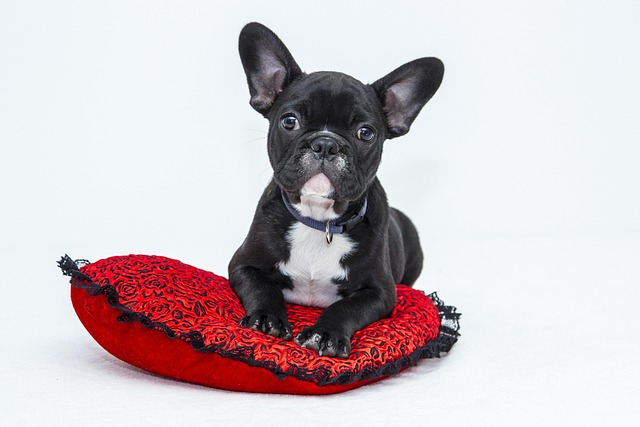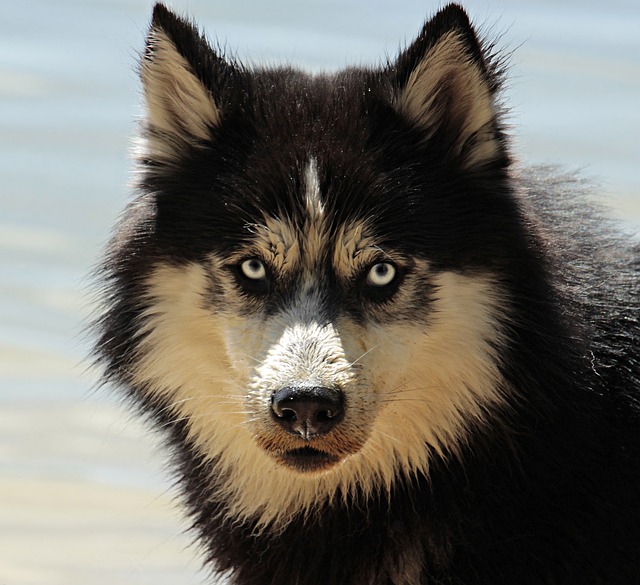· guides · 4 min read
Dachshund Breed Guide with Family Care Tips | Perfect Small Dog
Explore the Dachshund breed's personality, history, grooming, training, and essential family tips for a happy, healthy long-bodied companion.

Discovering the Dachshund: Breed Guide and Family Tips
Dachshunds are unmistakable with their long bodies, short legs, and lively personalities. This guide provides an in-depth look at the Dachshund breed description, including their history, characteristics, health, grooming, training, and essential family tips to help you provide the best care for your furry friend.
Dachshund Breed Description and History
Originally bred in Germany to hunt badgers, Dachshunds are courageous, determined, and full of character. Their name means “badger dog,” reflecting their tenacious nature. They come in three coat types—smooth, long-haired, and wire-haired—each with unique grooming needs. Typically weighing 16 to 32 pounds, they have a distinctive elongated body and short, sturdy legs.
Personality Traits and Behavior
Dachshunds are known for being:
- Loyal and affectionate: They form strong bonds with their families and enjoy companionship.
- Bold and curious: Their hunting heritage makes them fearless and adventurous.
- Stubborn yet intelligent: Training requires patience and consistency due to their independent streak.
- Vocal: They have a tendency to bark, which makes them excellent watchdogs but requires training to manage.
Their lively and playful nature makes them excellent family pets, although early socialization is crucial to nurture a well-adjusted dog.
Living with a Dachshund
Adaptability in the Home
Dachshunds adapt well to various living environments, including apartments, as long as they receive daily exercise. Their small size belies their high energy levels, so regular playtime and walks are essential.
Family and Child Relationships
Dachshunds generally do well with children who understand how to interact gently with pets. Teaching kids not to pull on ears or tails and to respect the dog’s space helps cultivate a safe and loving environment. Early socialization with other pets and people is key to preventing shyness or aggression.
Health and Grooming Essentials
Common Health Concerns
Dachshunds’ long backs make them prone to Intervertebral Disc Disease (IVDD), a serious spinal issue. To protect their backs:
- Avoid allowing them to jump on or off furniture.
- Use ramps or steps where necessary.
- Employ harnesses instead of collars for walks to minimize neck strain.
Obesity is another critical concern. Maintaining a healthy weight through balanced diet and exercise helps reduce strain on their spine and joints. Regular dental care is vital due to their susceptibility to dental disease.
Grooming Tips by Coat Type
- Smooth coat: Requires minimal grooming—regular brushing to remove loose hair and occasional baths.
- Long-haired: Needs frequent brushing (several times per week) to prevent mats and tangles.
- Wire-haired: Requires brushing a few times weekly and periodic hand-stripping to maintain coat texture.
Recommended grooming tools include slicker brushes, combs suited to coat type, and quality dog shampoos. Regular nail trimming and ear cleaning complete routine care.
Training and Mental Stimulation
Puppy Training
Starting training early is essential. Dachshund puppies benefit from:
- Positive reinforcement techniques like treats and praise.
- Consistent routines to establish good habits.
- Crate training to aid housebreaking and create a safe space.
Adult Training and Behavioral Management
Due to their intelligence tempered by stubbornness, Dachshunds thrive with firm but gentle guidance. Enrolling in obedience or agility classes can provide mental stimulation and strengthen the dog-owner bond.
They can be prone to separation anxiety and excessive barking if not properly trained or mentally engaged. Providing interactive toys, puzzle feeders, and scheduled playtimes helps combat boredom.
Exercise and Diet Recommendations
Dachshunds require about 30 to 60 minutes of daily exercise, combining walks and play. This helps burn off energy and prevent obesity.
Feeding should be monitored carefully:
- Use measured portions tailored to age, weight, and activity level.
- Feed high-quality dog food, avoiding too many treats or table scraps.
- Establish a consistent feeding schedule, usually two meals daily.
Home Safety Tips for Dachshund Owners
Given their unique physique, additional precautions include:
- Installing pet gates to block stairways.
- Providing ramps for sofas or beds to prevent jumping injuries.
- Keeping the home temperature comfortable, as Dachshunds can be sensitive to extreme cold or heat.
- Supervising interactions with small children to avoid accidental injuries.
Final Tips for Responsible Ownership
Dachshunds make rewarding companions for families willing to meet their specific needs. By prioritizing proper training, health care, exercise, and safety, you ensure your Dachshund will thrive as a happy, healthy, and beloved member of your family.
Remember, adopting a Dachshund is a lifelong commitment filled with joy and occasional challenges. Stay patient, consistent, and attentive to your dog’s needs, and you’ll enjoy years of devotion and fun.
Embrace the spirited charm of the Dachshund with these insights and practical family tips to create a lasting bond built on love and understanding.



